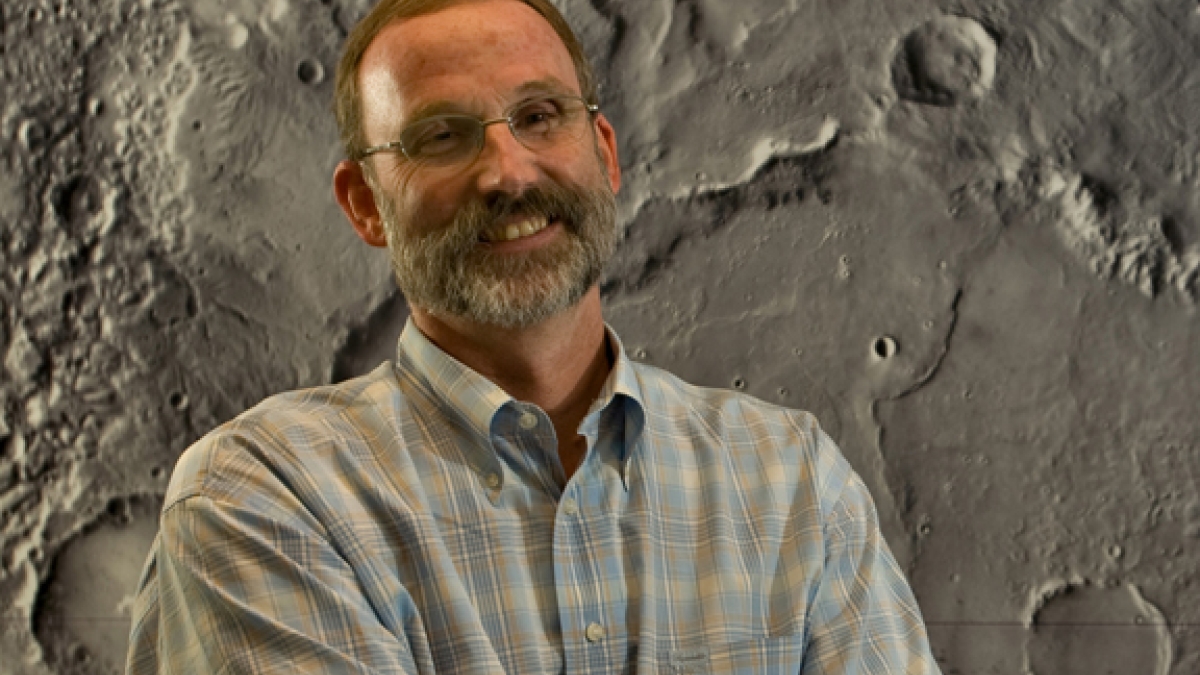ASU Mars scientist to co-chair NASA advisory committee

Philip Christensen, a Regents' Professor of Geological Sciences in Arizona State University's School of Earth and Space Exploration, has been chosen as co-chairman of the recently established Committee on Astrobiology and Planetary Science (CAPS).
The committee was created by the National Research Council, part of the National Academies of the United States. Astrobiologist James Gregory Ferry of Pennsylvania State University is Christensen's co-chair.
"The committee was created to support scientific progress in astrobiology and planetary science and to assist the federal government in integrating and planning programs in these fields," says Christensen. "It will provide an independent forum for identifying and discussing issues in astrobiology and planetary science."
The committee holds its first meeting in Washington, D.C., May 23-25, 2012 – the agenda is downloadable from a link at the CAPS website given above.
A planetary geologist since 1981, Christensen is director of the Mars Space Flight Facility on the Tempe campus and Principal Investigator for the Thermal Emission Imaging System (THEMIS), a 10-band infrared and visible camera on NASA's Mars Odyssey orbiter. He is also currently developing OTES, a mineral scouting spectrometer for NASA's OSIRIS-REx asteroid sample-return mission. The instrument will be built on the ASU campus.
Christensen notes that one of the first tasks CAPS will undertake is evaluating NASA's revised plans for planetary science in light of the document Vision and Voyages for Planetary Science in the Decade 2013-2022. This document, published in 2011 by the National Academy of Sciences, came out of a once-a-decade survey process to identify the most important goals for planetary science over the following 10 years.
In response to the President's proposed FY2013 budget, which sharply reduced spending on planetary exploration, NASA created program-planning groups for Mars and Europa to canvass their science communities and develop exploration plans for the next decade. These program-planning groups will release their preliminary reports in the next few months. CAPS will review the reports and give its assessment to NASA.
"CAPS role is purely advisory," Christensen explains. "The committee contains a mix of planetary scientists and astrobiologists. Our aim is to provide solid advice to NASA and the federal government from experienced scientists working in the relevant fields."